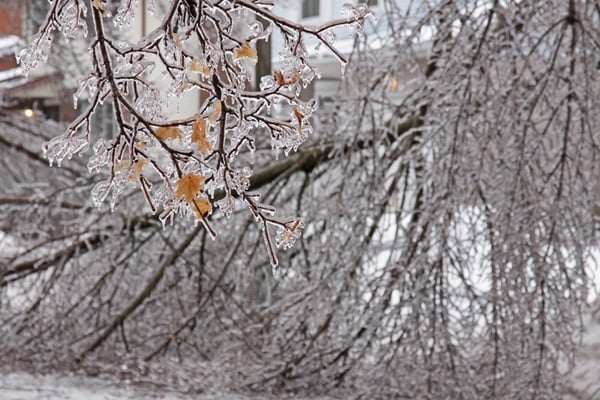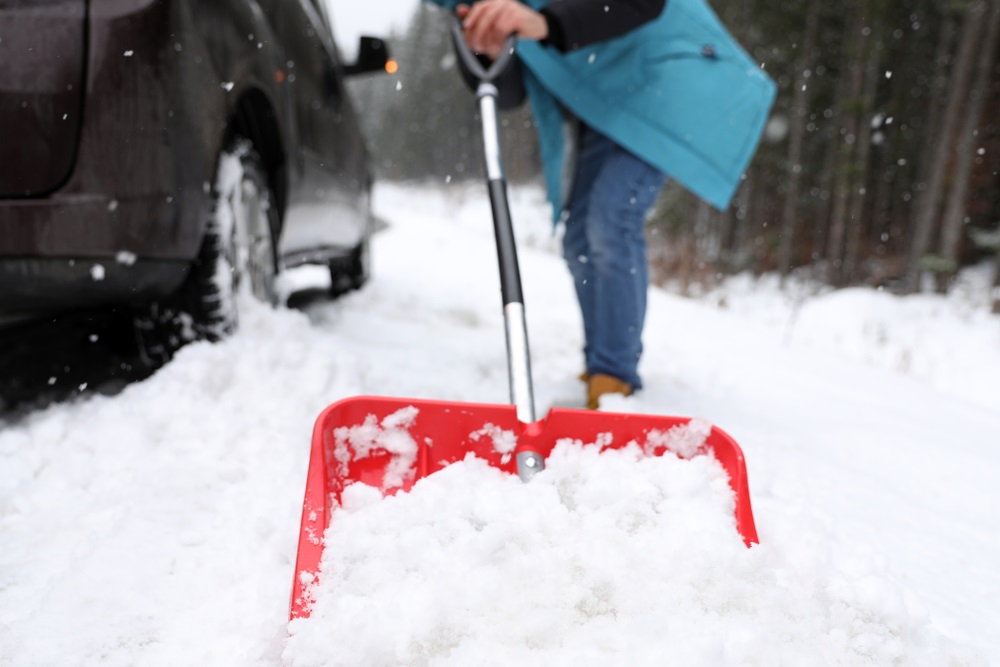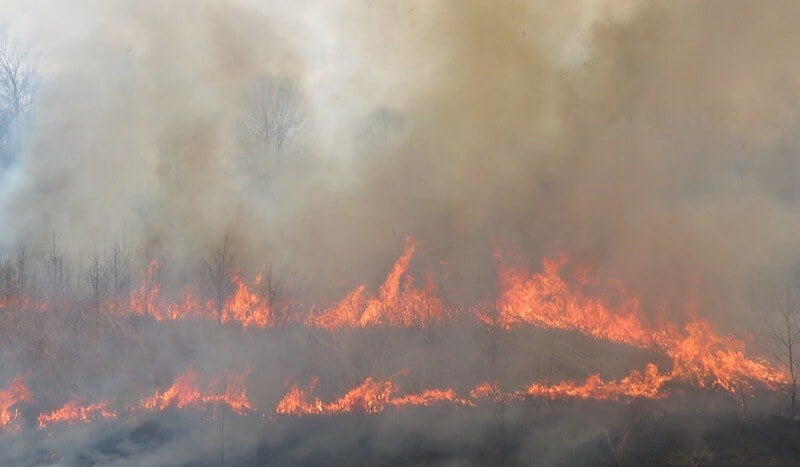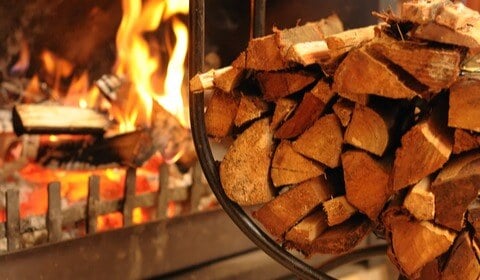
Looking for a fall home maintenance checklist to keep your property in tip-top shape this season? Fall's milder temperatures are perfect for preparing the outside of your home before Old Man Winter’s first-lasting freeze. Our home insurance experts know a few things about protecting your home from the elements and keeping your utility bills down. Critical maintenance can prevent costly damage and insurance claims and protect your home. Most of these autumn maintenance items can be checked off in a couple of weekends. Some may require hiring a professional, especially if you suspect damage.
Use this fall home maintenance checklist to protect your property this season:
Fall Home Maintenance Checklist
1. Seal Your Home
2. Protect Your Home’s Plumbing
3. Prepare Your Roof for Cold Weather
4. Prepare Your Home for Wind and Winter Precipitation
5. Protect Your Home from Fire
Seal your home
- Check and repair caulking around doors and windows that show signs of deterioration.
- Clean the clothes dryer exhaust duct and space under and behind the dryer. Remove lint and dust that may have accumulated inside the dryer by the manufacturer’s recommendation.
- Check your attic for signs of water damage and animal activity.
Protect your home's plumbing
- Protect your pipes in unheated areas of your home, such as attics, basements, garages, and crawl spaces. Protect the most vulnerable pipes with pipe sleeves or heat tape.

- If you go out of town, set the thermostat no lower than 65°F.
- Keep your garage doors closed.
- Drain sprinkler supply lines.
- Drain and disconnect hoses. Turn off the main water supply to the outside, and finish by completely opening your outdoor bib. (Don’t miss this vital step to prevent hose bib damage from freezing temperatures!)
- In long-lasting freezing temperatures, let cold water drip from the faucet.
- Drain your water heater to remove sediment that can cause clogs and prevent the water heater from running efficiently. Check your manufacturer's directions on how to drain your water heater, or contact a professional for help. Water heater upkeep is important to include in your fall home maintenance checklist.
Prepare your roof for cold weather
- Prevent heat in the home from escaping into the attic by sealing gaps.
- Ensure you have adequate insulation so heat remains in your home instead of escaping.
- Ensure your attic is ventilated so cold air from outside can enter. If the attic becomes too warm, it can cause snow on the roof to melt, which can refreeze at the eaves, forming an ice dam. Protecting your attic space is often overlooked in fall home maintenance lists.
Prepare your home for wind and winter precipitation
- Your gutters should get a good cleaning.
- Check your trees for problems. Trim any dead limbs or overhanging branches close to home that could turn into potential problems after a heavy snow or ice storm.
- Inspect the exterior of your home for anything that may be loose, including shutters and gutters.
- Bring in or remove anything outside that could be blown around in a winter storm, such as outdoor furniture, shade umbrellas, garden ornaments, and children’s play items or equipment.

Protect your home from fire
- Have your chimney cleaned and inspected by a professional before the start of winter.
- Follow the manufacturer’s instructions when using heating equipment.
- Keep any heating device at least three feet away from anything flammable.
- Do not leave heaters unattended.
- Prepare your home heating systems.
- Check electrical outlets for loose-fitting plugs or receptacles. Be sure not to overload electrical outlets.
- Keep a multi-purpose fire extinguisher accessible. Confirm that it is fully charged and ready for operation.
- Inspect your smoke detectors. Ensure you have a smoke detector in each bedroom or sleeping area and a smoke detector in the hallway outside each sleeping area. You should also ensure you have at least one smoke detector on each floor of your home, including your basement. Test them monthly, and change the battery annually or as needed.
Modify Your Own Fall Home Maintenance List
Do you have your own iteration of a fall home maintenance list? As you and your home age, it’s important to keep inventory of the most important parts of your home’s wellbeing. Hopefully this article will provide you with some fresh ideas to add to your autumn home maintenance checklist. For more home safety information, visit our Virginia insurance blog to learn about decks, trees, and severe weather home claims. Get in touch with your insurance provider to request additional information that may help keep your home weather-proof this season.

THE NORTHERN NECK INSURANCE INTEGRITY PROMISE — We pledge to provide straight talk and good counsel from our NNINS Virginia insurance experts through our blog. While we hope you find this to be a helpful source of information, it does not replace the guidance of a licensed insurance professional, nor does it modify the terms of your Northern Neck Insurance policy in any way. All insurance products are governed by the terms in the applicable insurance policy.




